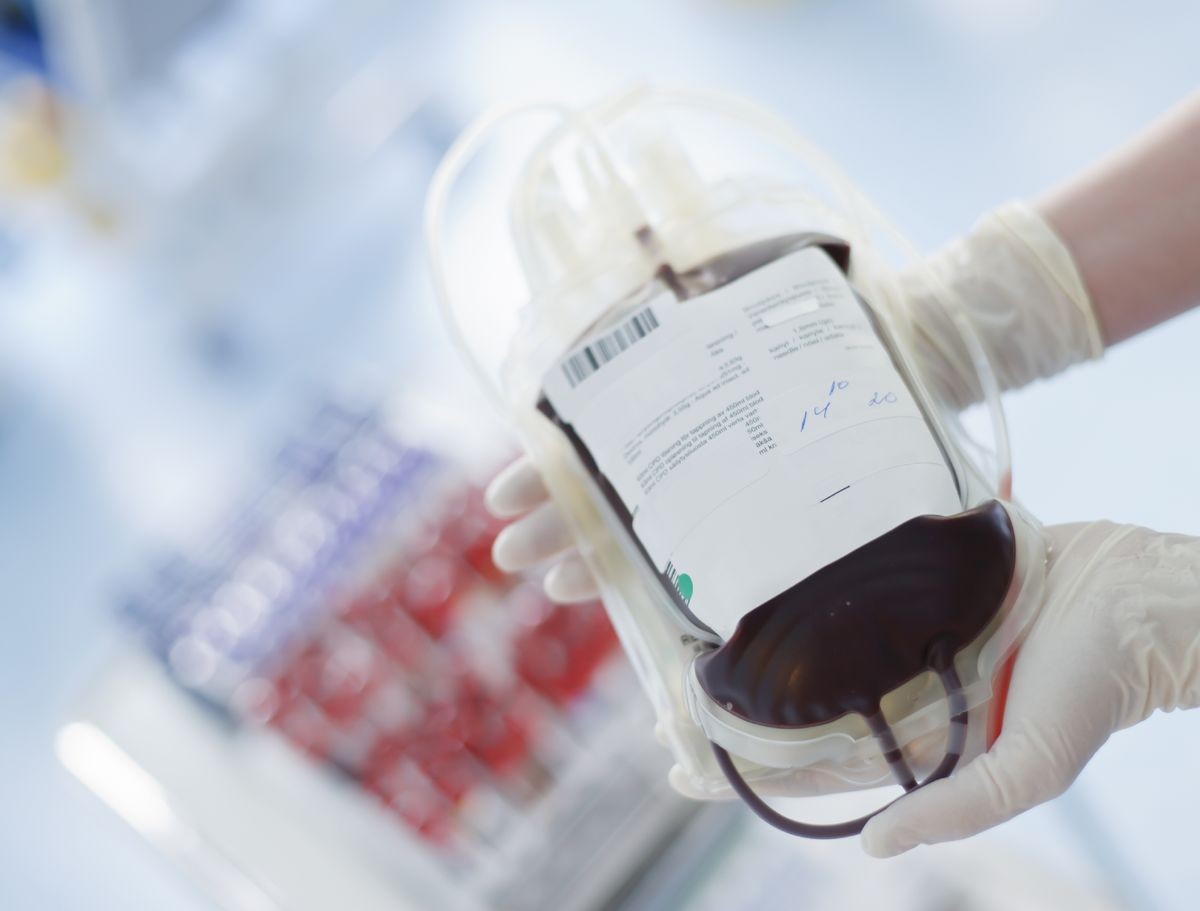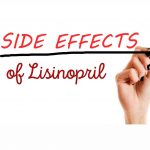
Contents
What Is Artificial Blood and Why Is it Used?
While there is no synthetic substitute for human blood, current research focuses on developing blood components, like platelets for clotting or red cells for oxygen/CO2 exchange.
Clinical trials of blood substitutes have shut down due to safety concerns, but research has advanced since early doctors experimented with alternatives like animal blood, milk, and wine.
Research to develop platelet substitutes was in pre-clinical animal testing in 2020. Currently, the only clinical product used are saline solutions to expand blood volume, maintaining blood pressure and allowing red cells to regenerate.
The ultimate goal is to create a safe substitute blood product that carries out all the functions of human blood. However, there is currently no FDA-approved oxygen-carrying blood substitute commercially available.
What is human blood made of?
- Red blood cells transport oxygen to organs and carry carbon dioxide back to the lungs.
- White blood cells fight infections.
- Platelets clot blood in injuries and help heal wounds.
- Plasma is mostly water with salts and enzymes, serving as the medium for blood cells and platelets to circulate.
What is artificial blood and why is it used?
Artificial blood is a theoretical substitute that carries out the vital function of oxygen and carbon dioxide transport. It could be life-saving during serious blood loss; however, current products cannot fight infections like real blood.
The scientific community is developing artificial blood to:
- Prevent complications of real blood transfusion such as immune reactions, infections, and blood type matching.
- Provide a longer shelf-life and eliminate the need for refrigeration.
- Reduce the cost and need for extensive pathogen testing.
- Treat myelodysplastic syndrome and aplastic anemia.
Why are artificial blood products needed?
Artificial blood products could be life-saving in emergency situations. Clinical trials are underway for specific medical uses like oxygen delivery after brain injuries or heavy blood loss from injury.
- Delivery of oxygen after traumatic brain injury
- Providing oxygen after blood loss
- Providing oxygen during surgery
- Maintaining oxygen flow to cancerous tissue
- Treatment of certain severe kinds of anemia
What is artificial blood made of?
Scientists are working on two types of artificial blood substitutes:
Perfluorocarbon emulsions (PFCs)
PFCs are synthetic molecules that dissolve gases, including oxygen. They can carry more oxygen than red blood cells.
PFCs are emulsified before injection. The emulsified droplets break down in the blood vessels, releasing oxygen. PFCs are eventually released through the lungs, kidneys, and liver.
Hemoglobin-based oxygen carriers (HBOCs)
Hemoglobin, found in blood, is the natural oxygen carrier. Substitute blood products made with hemoglobin are a major area of research.
Hemoglobin may be extracted from sources like outdated human blood, cow’s blood, genetically modified bacteria, or human placenta.
Hemoglobin must be purified and modified to stabilize it without causing clotting disorders, hypertension, or kidney damage.
Stabilization techniques include diaspirin cross-linked hemoglobin, recombinant hemoglobin, and polymerized hemoglobin.
Next-generation blood products under research include conjugated hemoglobin bonded with synthetic polymers to improve oxygen delivery.
What are the adverse effects of blood substitutes?
No blood substitute currently meets the criteria for patient use. Clinical trials are ongoing, and safety issues need to be addressed.
Perfluorocarbon emulsions
Only one perfluorocarbon product, Fluosol-DA, received FDA approval in 1989 but was withdrawn due to low efficacy and side effects.
Side effects of PFCs include lung damage and increased stroke risk.
Hemoglobin-based oxygen carriers
No hemoglobin-based oxygen carriers have been approved by the FDA. Trials have been discontinued due to safety concerns.
Side effects of HBOCs include hypertension, abdominal pain, skin rash, diarrhea, jaundice, hemoglobinuria, oliguria, fever, increased risk for stroke and heart attack, backache, and gastrointestinal problems.


